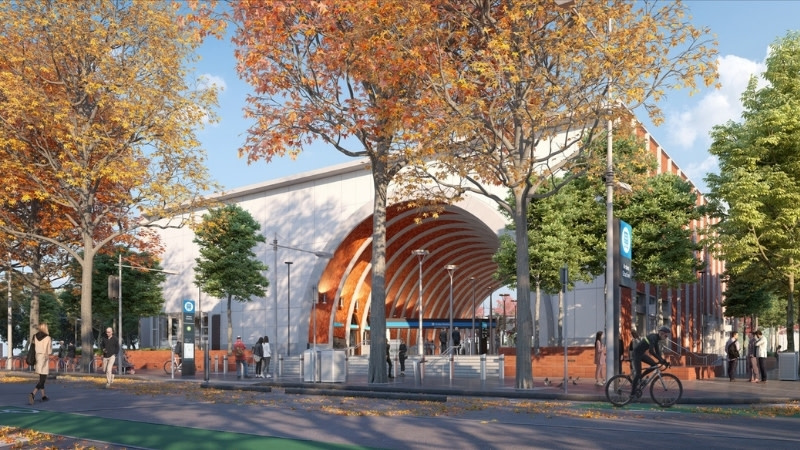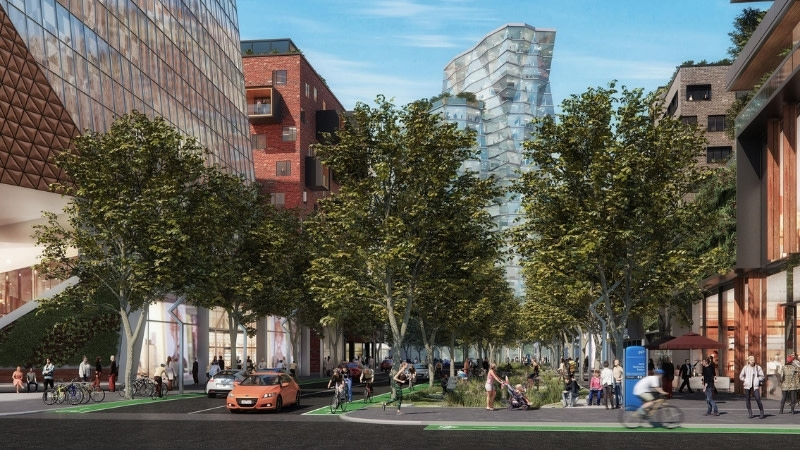Resources
Newsletter
Stay up to date and with the latest news, projects, deals and features.
Subscribe
Another milestone on the Metro Tunnel project is within reach as completion of a key train station nears.
Work on the Arden Station is nearly done, the first of five Metro Tunnel stations due to be completed by the end of the year.
It is the station planned to service the Arden Precinct, a key area for residential, retail and medical development 2km north of the Melbourne CBD.
The Metro Tunnel project is now scheduled to open in 2025, a year earlier than expected.
Arden Station is on a former industrial site and the design includes the first platform screen doors in the state, an arched brick entrance and skylights to allow sunlight 14m underground.
The Arden Precinct is tipped to provide up to 34,000 jobs and house 20,000 people by 2051.
“Not only will Arden’s future residents have access to high-quality, affordable housing, they’ll also have a new Metro station on their doorstep linking them to the city and to Parkville’s hospitals and universities within minutes,” Victorian premier Jacinta Allen said.
The affordable housing is earmarked for key workers to allow them to live closer to work.

Medical infrastructure and development is also under way in the precinct with the state government investing more than $5 billion to expand the Royal Melbourne Hospital and the Royal Women’s Hospital as part of a new biomedical and science hub.
“We’re making sure we can attract the best the industry has to offer to develop Arden into a thriving urban renewal and biomedical precinct, home to great housing options, jobs and transport connections,” Victorian minister for precincts Colin Brooks said.
The state government is currently planning to schedule industry and development activity in the precinct to coincide with the station opening in 2025.
An expression of interest process will begin next year for delivery of the precinct.

The Metro Tunnel project aims to connect the Sunbury and Cranbourne/Pakenham lines with a new tunnel under the CBD to create a direct connection from the north-west to the south-east.
This is intended to free up space in the City Loop train line and allow for more trains to run more often.